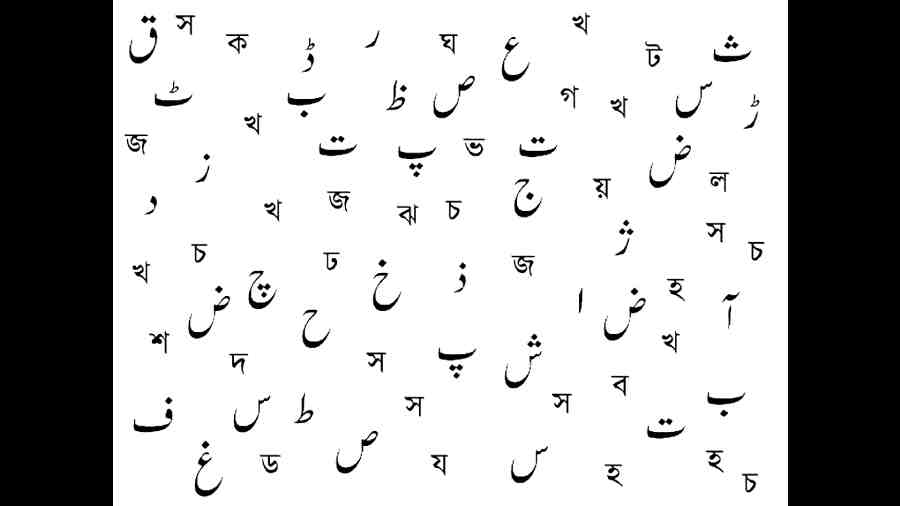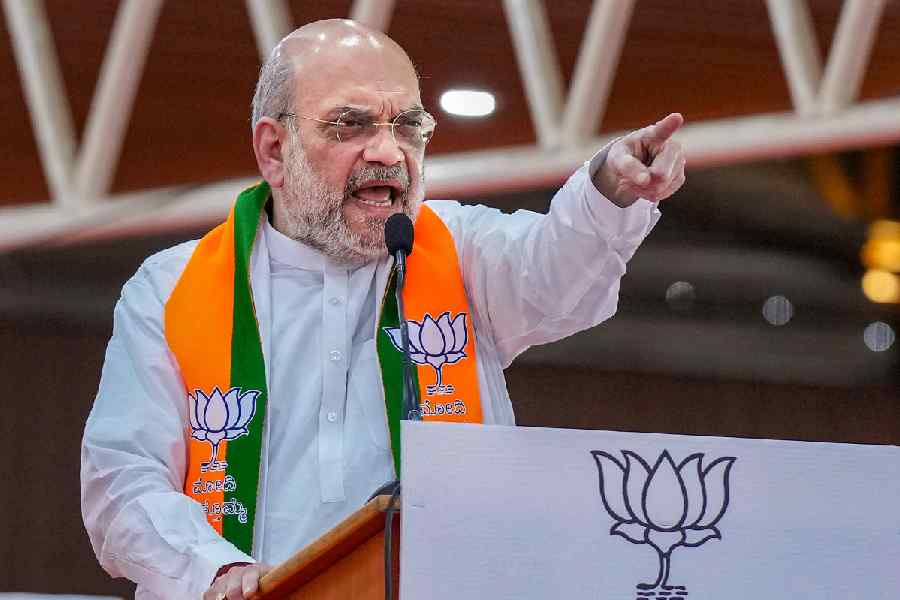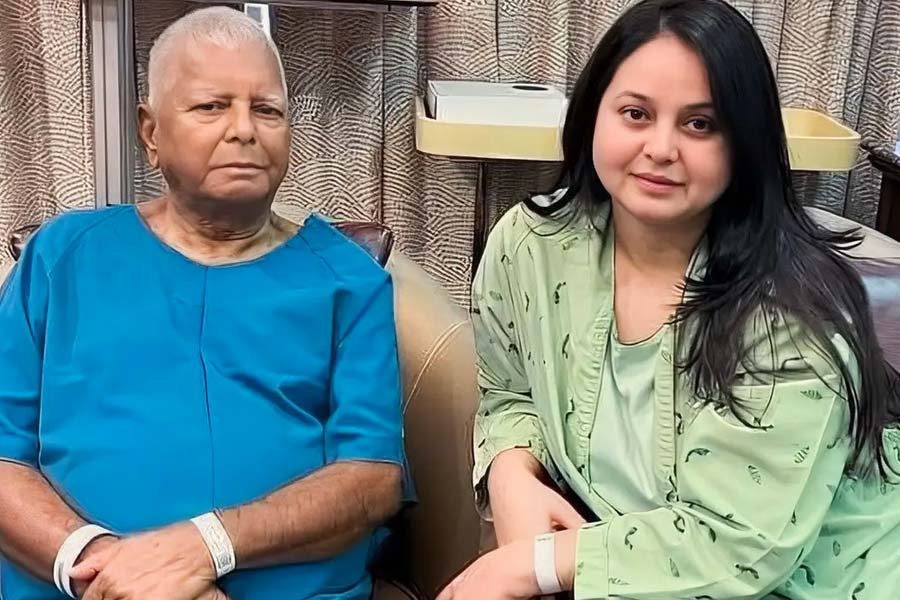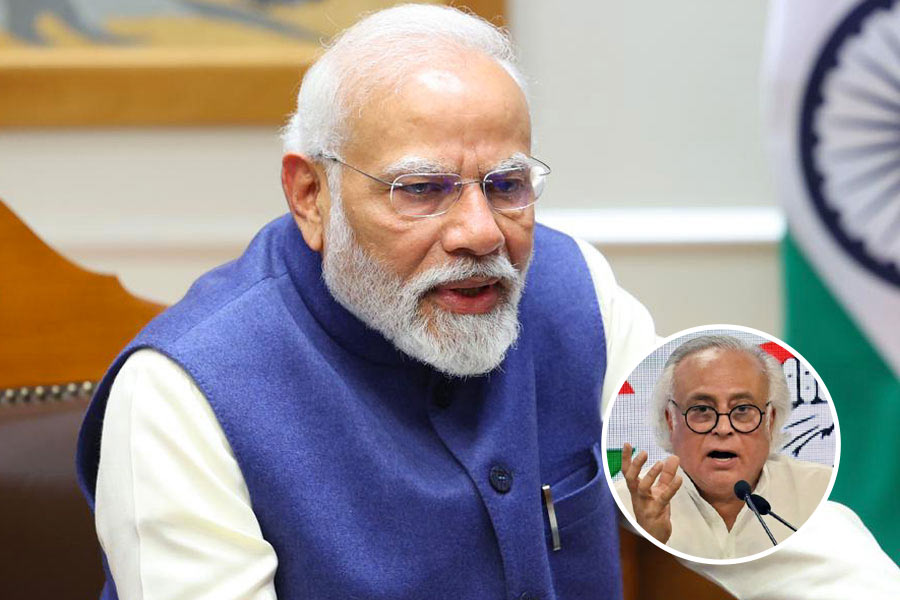The one and only Khushwant Singh: “Aap Urdu seekhna chahte hain to ishq kar lijiye, Aur agar aap ishq karna chahte hain to Urdu seekh lijiye. (If you want to learn Urdu, fall in love, if you want to fall in love, learn Urdu.)”All those who understand the power of language believe Urdu to be a zubaan of grace and romance. Its elegance and beauty lie in its expression, rhythm and intellectual richness. It is a language of poets and commoners alike.
Saadat Hasan Manto was of the view that a language cannot be made or developed, it develops on its own. According to Manto, no human endeavour can destroy a language.
Perhaps Manto meant that a language is comparable to resistance. It finds its own path despite obstacles. It flows like water in a gushing stream. All you require is the picturesque landscape and capacity to hold it. As long as people continue to read, speak and write a particular language, no power on earth can demolish it.
Manto was of Kashmiri descent. He grew up speaking Punjabi in Samrala in Ludhiana. He was a school dropout and didn’t score well in Urdu but ended up as one of the finest short story writers in Urdu. His amazing stories on the horrors of mindless violence during the partition of Punjab and Bengal in 1947 were wedded to reality. Is Urdu in decline in India? Can those crying the “death of Urdu” be described as alarmists? Or, is the language actually thriving as some claim?
According to a recent report, the Delhi Police have asked officials to stop using certain Urdu and Persian words while registering first information reports (FIRs). A notice to this effect was issued on April 11. Some of the nearly 400 Urdu words dropped include “intezaam”, “dastavez”, “guzarish”, “intiqam”, “mulzim”, “muj-rim” (arrangement, document, request, revenge, suspect, convict). All these words are commonly used, even in television serials or in radio dramas and newspaper reports. Still, the argument being made is to “simplify” the FIR for the “common man”! Who is this “common man” who struggles to understand the meanings of the words mujrim and mulzim? Where have we arrived?
One way of answering these questions is through a sardonic verse by Akhtar Shahjahanpuri: “Abhi tehzeeb ka na noha na likhna, abhi kuch log Urdu bolte hain (Do not write dirges of Urdu or culture, some people still speak Urdu).” Or, have a look at the following verse by an anonymous poet: “Saliqe se hawaaon main jo khushboo ghol sakte hain abhi kuch log baqi hain jo Urdu bol sakte hain. (Those who can immerse fragrance in the air with finesse, there are still those who can speak Urdu fluently.)
A humorist in Kashmir once jokingly made the point that as long as people continued hurling the choicest invectives in a particular language, spoke in the same language in their dreams and nightmares, and fell in love while reading out poems in the same language, it was impossible for that language to disappear.
Be that as it may, what is the fate of this charming thing called Urdu? Can it be preserved merely by organising ritualistic annual celebrations where some nazm or ghazal is recited to draw cheers from the crowds? Or will the language be preserved if the aspiring learners are taught the difference between a ghazal and nazm and what the words “mukarar” and “muqarir” actually stand for?
In early 2000, poet Ahmad Faraz expressed surprise during a live mushaira in Hyderabad that many in the audience perhaps did not appreciate the difference between the words “mukarar” and “muqarir”. Mukarar is said when someone loves a couplet and wants it to be repeated. However, muqarir means taqreer karne wala, a speech-maker. How can Urdu become an inseparable part of cultures and civilisations? Should it be left for poets, academics and intellectuals alone to serve, preserve and promote Urdu? What about speaking Urdu in daily conversations and making it a part of your being?
Before attempting answers to such questions, there is a need to know a bit more about the birth of the Urdu language. How was Urdu born? When and where?
Though linguists and poets differ on the exact dates, some scholars claim that this language was born in the 12th century in India. They often credit Abu’l Hasan Amir Khusrau, a distinguished Indo-Persian poet, singer and Sufi scholar, for playing a key role in the development of Urdu through couplets.
Scholars also claim that Urdu has been referred to as Zaban-e-Hind and Zaban-e-Delhi. There is, however, a twist in the tale. Originally, the word Urdu has Turkish origins. “Ordu” stands for “army” or “lashkar”. But Rauf Parekh argues that Urdu is not a “lashkari zubaan” or “camp language” as described by many.
A theory does exist that Urdu is a blend of words taken from Arabic, Persian, Turkish and even Hindi or Sanskrit. And the soldiers who spoke all these languages were once a part of the Mughal army. To telegraph messages to one another as part of the same lashkar, they communicated in a language which eventually developed as Urdu.
So is this how Urdu was born?
Mir Amman first presumed that Urdu was born that way. Amman wrote in his preface to Bagh-o-Bahar (1802) that Mughal emperor Shah Jahan made Delhi his capital and then named its bazaar “Urdu- e-mohalla”. Urdu is also referred to as royal camp or city, perhaps a reference to Delhi.
There is no doubt that there is decline in the quality of literature (poetry, short stories, novels, satire, humour, dramas, songs, letters, etc.) produced in Urdu nowadays. The profundity of Mir, Ghalib, Iqbal, Josh, Faiz, Jaun, Munir Niazi, Habib Jalib, Ahmed Nadeem Qasmi, Manto, Chughtai, Pitras, Mushtaq Yusufi, Indori, Badr, etc. is missing. Perhaps a part of the problem lies in the sharp decline in people’s reading habits and over-reliance on the digital world. As Gulzar notes in one of his poems, “Zubaan par zaiqa aata tha jo safhe palatne ka, ab ungli click karne se bus ik jhapki guzarti hai”.
There was some romance involved in reading poetry from a book, turning pages while applying saliva on a fingertip. (Today, many would argue that this was bad or unhygienic manners.) Listening to a poem on YouTube or watching a movie on the life of Manto or Ghalib on Netflix is one thing, understanding the context of that poem and the life of a poet from the pages of a book is quite another. Many of those who love listening to the Faiz poem Gulon main rang bhare do not know that the poem was written during his days of incarceration. Some mistake protest and revolutionary poems as love poems.
Others love to recite Habib Jalib’s iconic poem Dastoor only to either hanker after power or to impress the audiences without knowing that the poem was written against military dictatorship, authoritarianism, injustice and capitalism. Urdu will live when people will make efforts to read it, and converse in it. Grip over this language can define you as a person, it will tell your culture, civilisation and etiquette. How off-putting it is to hear people in Delhi or Haryana use sentences like “maine woh kaam kara”.
But there is a saving grace — there are many in Punjab, Hyderabad, parts of Uttar Pradesh, Bihar, Madhya Pradesh and West Bengal who value the essence of Urdu. Poet R. Siddiqui said it so succinctly: “Urdu jisse kehte hain tehzeeb ka chashma hai, woh shakhs muhazib hai jisko yeh zubaan aayi”! (Urdu, oh that stream of culture, the one who knows Urdu is the civilised one.)
And while showering accolades on Urdu, poet Josh Maleehabadi wrote: “Moti ki aab, gul ki mehak, maah-e-nov ka kham/inn sab ke imtizaj se paida hui hai tu….” (The transparency of pearls, the fragrance of a rose, the curve of the new moon you are born out of blend of all of this.)











